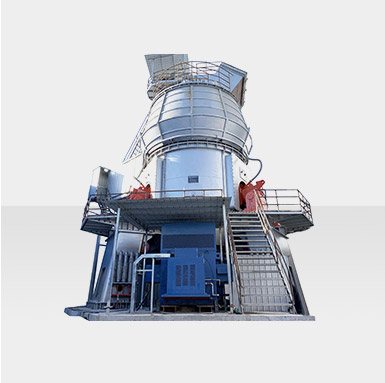As an important industrial production equipment, cone crusher is mainly used for primary processing and crushing of all kinds of ores and other raw materials. With the continuous development of mining technology, cone crushers are also divided into several types, including: spring cone crusher, hydraulic cone crusher and compound cone crusher. According to the model, it is divided into ordinary PY cone crusher, Simmons cone crusher, compound cone crusher, standard hydraulic cone crusher, single-cylinder hydraulic cone crusher and multi-cylinder hydraulic cone crusher and many other models. The hydraulic crusher is developed on the basis of digesting and absorbing various types of cone crushers which have the international advanced level in the 1980s. It is obviously different from the traditional cone crushing random structure in design, and focuses on the main advantages of various types of cone crushers known so far. It is suitable for fine crushing and ultra-fine crushing hard rock, ore, slag, refractory and so on.
.jpg)
Cone crusher structure and working principle
Cone crusher is composed of crossbeam assembly, upper frame assembly, lower frame assembly, spindle mechanism, horizontal shaft assembly, eccentric sleeve assembly and spindle positioning system assembly. The main frame of cone crusher is composed of upper frame and lower frame, which are connected by hydraulic cylinder with wear-resistant liner and protective cover: the upper frame is welded, and its upper mouth is welded with wear-resistant copper plate.
The lower frame is integral steel casting. The upper part of moving cone is bolted and fixed with feed plate assembly, and the lower part is equipped with a spherical bearing, which can be matched with the spherical steel bush installed in the sleeve; moving cone liner made of high manganese steel is installed on the outside of moving cone, and the gap between moving cone and its lining plate is filled with epoxy resin; upper and lower high lead bronze bushings are installed inside the moving cone.
The working mechanism of cone crusher is composed of two truncated cones, movable cone and fixed cone. In the working process of cone crusher, motor rotates eccentric sleeve through transmission device, the moving cone rotates under the forcing of the eccentric shaft sleeve, and the section of moving cone near the static cone becomes crushing cavity. When the main spindle rotates, its centerline unifies the cone with hanging point as central point, and the movable cone approaches or leaves the fixed cone along periphery. When the movable cone is close to the fixed cone, the ore between two cones is broken; on the opposite side, the movable cone leaves the fixed cone, and the broken ore is discharged through the ore discharge mouth by self-weight.
China has many metal mineral resources, and has the following characteristics: (1) the poor ore is mostly and contains more impurities. The average grade of iron ore in China is only 30%, the average grade of manganese ore is only 22%, there are few commodity-grade rich ores with a grade of more than 48%, and the average grade of copper ore is only 0.8%. Only about 1/3 of the copper ores have a grade of more than 1%; (2) it is difficult to smelt because most of them are associated ores. (3) A large part of metal ores are difficult to dissociate minerals because of their fine embedded particle size, which affects the separation work. At present, the crushing process of metal mines will consume a lot of raw materials, electric energy and steel, which account for a large proportion of steel consumption and power consumption in the production cost. At the same time, the unit energy consumption of grinding is much higher than that of crushing, and it can reach about 90% of the mineral crushing operation. Therefore, it is very necessary to implement corresponding energy saving and consumption reduction measures in metal mines, which will greatly improve their economic and social benefits. Through analysis of the principle of grinding and crushing, we know that strengthening the crushing work can reduce the grinding particle size, so as to effectively improve the grinding efficiency and control the cost of mineral processing. The mill can only play 1% efficiency in the work, but the crusher can reach 10%. At the same time, the crusher consumes low energy and is easy to operate and maintain. Therefore, some of the mills can be replaced by crushers, and a new type of ultra-fine crushing equipment can be introduced. This kind of "more crushing and less grinding" is inevitable trend of the development of crushing work. In the field of crushing engineering, it is generally believed that "more crushing and less grinding" is an effective way to save energy and reduce consumption, and the emergence of "material layer crushing" breaks through the limitation of traditional crushing mechanism, the inertia cone crusher is realized on the mechanism of "material layer crushing". It is a representative energy-saving and consumption-reducing equipment.
.jpg)



